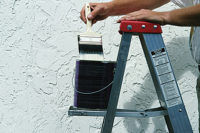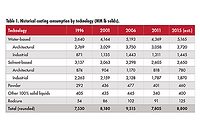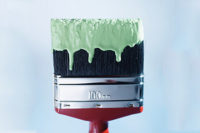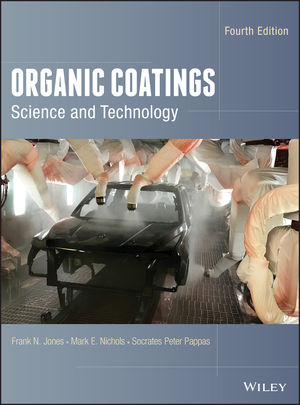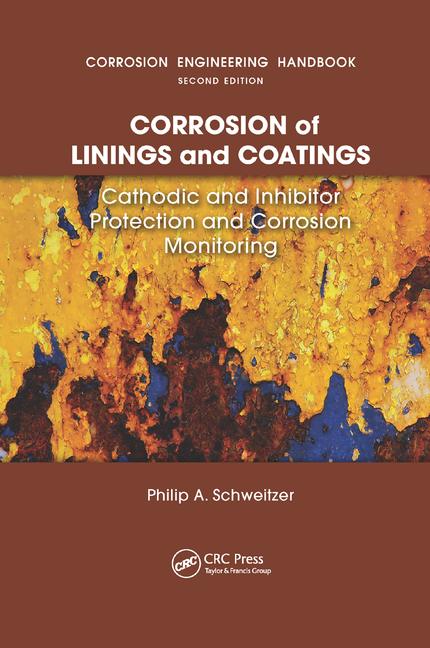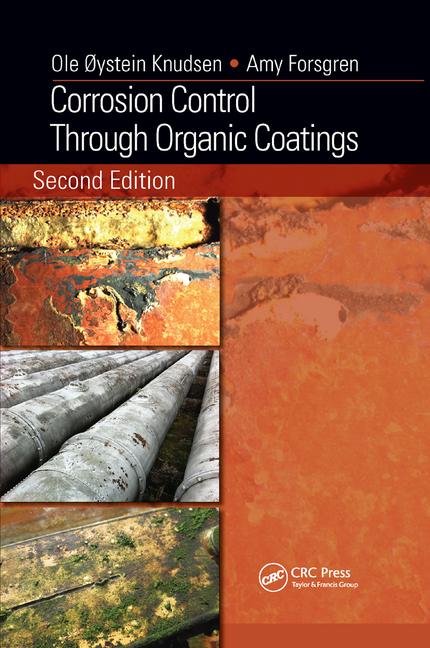Market Trends: Coatings Market Continues to Grow
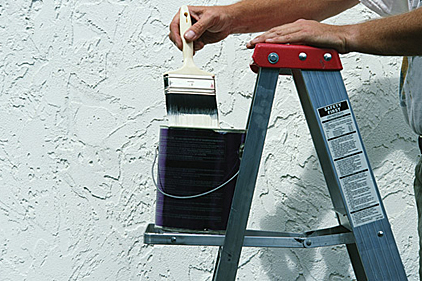
The global coatings market is predicted to reach 8.7 billion gal by 2017.
According to “Coatings: A Global Strategic Business Report,” a new report by Global Industry Analysts Inc., the global coatings market is expected to reach 8.7 billion gal and $107 billion by 2017. Major factors driving growth in the market include the recovery of global economies from the recent economic turmoil, rapid industrialization, and increasing demand from end-use sectors such as automotive and construction. In addition, growth in the global market will be spurred by increasingly stringent regulations, rising competition, growth in unique formulations, and technological and product developments.
Production Expands in Developing Economies
Global coatings production is witnessing a major shift away from developed regions, such as Europe and the U.S., to developing economies such as Asia, including Korea, India, and China. Sustained demand from the developed countries, in addition to the burgeoning demand from the developing countries, is contributing to the overall expansion of the coatings market worldwide. However, industrial growth in developing economies is a major growth driver for the coatings industry. The coatings industry can be termed as mature in most regions of the world, and its growth is dependant on a number of factors, such as the level of economic activity and the state of the construction industry, which represents a major consumer of paints and coatings.
The recent downturn in the global economic markets has mauled the coatings market, as was the case with several other industries. The global coatings market as a whole, along with all major segments, witnessed substantial declines in volume and value sales during the downturn. However, the impact of the recession varied among the segments.
Asia-Pacific represents the largest regional market for coatings worldwide, according to the report. Major markets driving growth in the Asia-Pacific coatings market include China, India and Indonesia. Europe represents the second largest regional market for coatings worldwide, followed by the U.S. The Asia-Pacific market also represents the fastest growing regional market worldwide, trailing at a compound annual growth rate (CAGR) of 5.1% during the analysis period
Product wise, architectural coatings dominate the global coatings market, accounting for the single largest share in value terms. However, growth in the market is expected to be spearheaded by the special-purpose coatings segment, which is projected to record a CAGR of 5.3% over the analysis period.
Coatings by Market Segment
Architectural coatings, or decorative coatings, emerged as the least affected of the three major market segments in the coatings industry, with OEM and special-purpose coatings witnessing relatively higher declines. Consequently, the share of architectural coatings in the overall coatings market increased significantly at the expense of a decline in market shares of the other two segments, despite the 4% decline witnessed in the market in value terms in 2009. Differences also exist with respect to declines witnessed by various regional markets worldwide, with developed western markets bearing most of the brunt. Declines witnessed in other parts of the world were substantially smaller when compared to the revenue losses experienced in North America and Europe.
UV-cure coating technology is increasingly being seen as a future technology in the area of industrial coatings. The technology represents one of the rapidly growing segments in the coatings industry, and is arguably emerging as the answer to rising environmental concerns and stringent regulations. Several application-related advantages include the absence of pot life issues, lower energy costs, fast cure speed and reduced environmental impact. As such, one-component UV-cure coating ranks among the fastest coating chemistries available in the present context. Curing through one-component UV-cure coating takes a few seconds to minutes, which makes it more ideal for use in applications that require faster turnaround times. Both types of UV-cure coating—waterborne and solids formulation—feature ultra-low VOC (volatile organic compound) levels.
Raw Material Prices Spike
The prices of raw materials used in the formulation of coatings have been rising in recent years. While the prices of raw materials, such as acrylic acid and resins, have been oscillating in tandem with crude oil prices, the price of titanium dioxide rose by around 5%. In addition, prices of other raw materials that are in short supply have been witnessing price rises in relation to increasing demand.
In response to the recent demand spike for environmentally friendly coatings, formulators have been increasingly investing in technological advancement in the area of non-hazardous chemical feedstocks. This trend led to a tremendous spurt in prices of raw materials such as resins, additives and pigments. Leading international giants, such as BASF and DuPont, have embarked on a vertical integration approach for cushioning some of the pressure being witnessed on their margins due to price growth.
M&A Activity Creates Bigger Companies
The mergers and acquisitions activity that has taken place over the past decade in the coatings industry has made the big players bigger and created harder times for smaller players. Mature markets tend to form an anti-inflationary environment, which compels companies to reduce costs while enhancing productivity. As a result, larger companies are left with no alternative but to integrate respective operations into a single entity in order to maintain synergies, cut down on costs, and jointly initiate R&D and marketing efforts to increase sales.
For more information, phone (408) 528-9966 or visit www.strategyr.com.
Looking for a reprint of this article?
From high-res PDFs to custom plaques, order your copy today!



